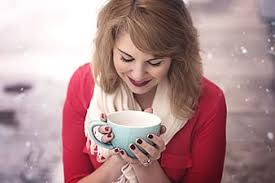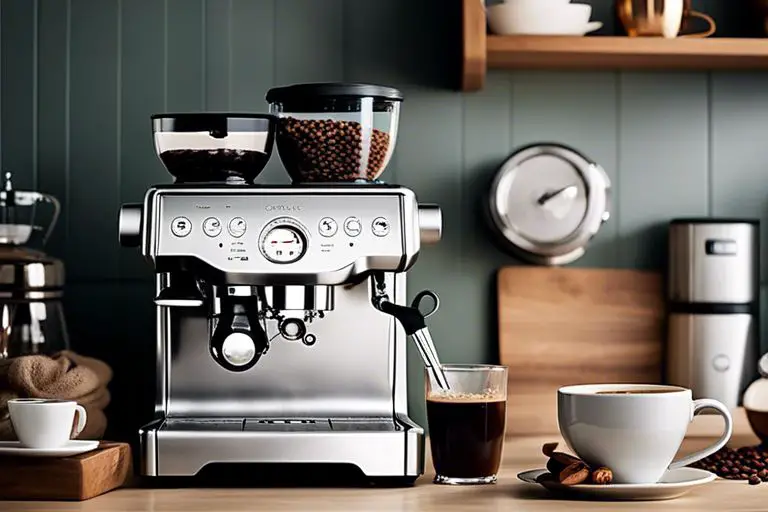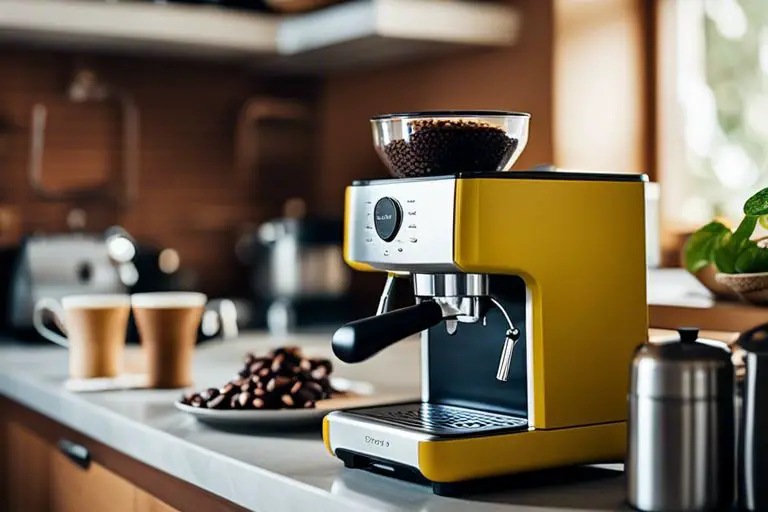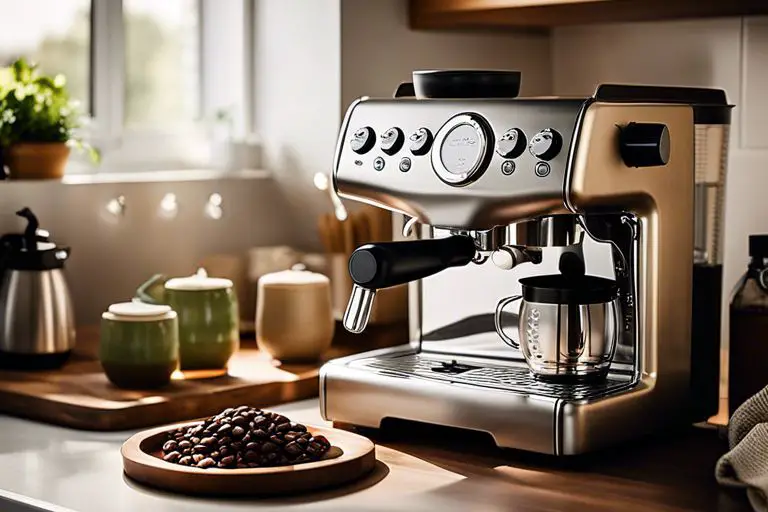Coffee cupping is the act of making multiple cups of coffee in the same consistent way and then tasting it using a particular method that enables you to identify and distinguish the different flavours within different types of coffee. Coffee cupping helps you find the coffee you love the most.
This method of coffee preparation and tasting is used by coffee professional across the world to identify good coffee from bad and involves a great deal of skill and education.
The kind of people that get involved in coffee cupping are coffee buyers for large supermarket chains or buyers for large importers of coffee so that they can pick out what works and what doesn’t before they bring the coffee into the country it will be consumed in.
Coffee mostly gets imported in its unroasted raw green bean form so that its freshness is retained and then it gets roasted in the country it will be consumed in.
Roasting coffee in different ways dramatically affects its flavour so coffee roasters will also conduct coffee cuppings to ensure the flavour is as it should be following the roasting process.
But as a layperson, you don’t need to worry about any of that because simply following the steps outlined in this article will enable you to prepare and taste coffee differently to how you do now and will help you to pick out some great coffees that may otherwise have passed you by.
We have removed all of the fancy and complicated bits that people who are involved with coffee professionally do so that you can easily do a coffee cupping in the comfort of your own home.
What do you need to do a coffee cupping?
A kettle to boil water
We won’t be using boiling water but you will need to boil water and the kettle that you already have in your kitchen will do just fine.
Water
Using good quality water is important for flavour in coffee as over 90% of a cup of coffee is just water with the rest being the dissolvable part of coffee.
Try and avoid using tap water if you can because it has been treated with lots of chemicals to make sure that it is safe to drink before it gets to your tap.
There is nothing at all wrong with tap water in the UK and there are extremely strict legislation that requires the water companies follow very stringent rules before water is delivered into your home.
If you are interested in knowing more, this article explains:
What is the best water for coffee?
I use still spring water from the supermarket. The cheap 2 litre bottles. It’s very low cost and miles better than tap water.
If you are wondering how coffee dissolves into water then this article explains:
Does coffee dissolve in water?
Weighing scales
You’ll need a set of digital scales that measure in units of 0.1g. You can get specialist coffee weighing scales that cost a lot of money but you don’t need anything like that.
You can easily pick up a set of scales that will do the job perfectly well for around a tenner. I use these scales to weigh my coffee. They are cheap and do the job.
Coffee grinder
If you are going to cup coffee and taste it to its full potential you will need to use coffee that is as fresh as possible.
In order to do that you will need to grind whole coffee beans yourself just before brewing.
Coffee grinders cost anywhere from £10 to over £1000. There two main ways that a coffee grinder will transform your coffee beans into ground coffee ready for brewing, with a blade or by crushing them in between two discs.
Grinders that use blades are called blade grinders (no surprise there) but grinders that crush your beans are called burr grinders.
Burr grinders are better than blade grinders because you get a more consistent grind fineness but they are more expensive. If you are just starting out then a blade grinder will do just fine.
These articles will tell you everything you need to know about coffee grinders:
Spoons
You can use a specialist coffee cupping spoon but no one really has one of those and they pretty much look like a dessert spoon or soup spoon and everyone has one of those and that will work just fine.
Cups
It wouldn’t be a coffee cupping if you don’t use cups but ironically coffee professionals that taste coffee use bowls, not cups. I don’t know why, they just do.
They are small bowls that do nothing to help with or enhance the coffee cupping and tasting experience, it’s just what they use. You don’t need that.
All you need is 4-6 different cups or glasses, ideally all the same size and not very big, maybe with a liquid capacity of about 200ml but it doesn’t really matter.
Coffee
A few different varieties of coffee is all you need and you don’t need lots of it.
Try some you have never tried before and also use your favourite coffee as well.
One of the fun things is to taste each coffee blindly so that you don’t know which is which and see if you can pick out the coffee you use on a regular basis and also see if the coffee cupping process enhances its flavour and makes it even better than you thought it was.
Try using between 3-5 different coffees for your coffee cupping and tasting.
Here are some proven winners that you may wish to consider:
How to choose and buy coffee beans
How to brewing coffee for coffee cupping
The secret to being able to compare different coffees correctly is to make the process as consistent and automated as possible.
The more you do everything the same the fairer and more accurate the comparison is. If you mess up the brewing process with one of the coffees then it could make a good coffee taste bad.
The way to make sure you get everything as consistent as possible is to make it as simple as possible.
The last thing you should do is try and brew 5 different coffees 5 different times.
One of the things a coffee maker does when you brew your coffee is that it keeps hold of the used coffee grounds through some kind of filtration.
When you make espresso the filter basket holds onto the used grounds and the dissolved coffee comes through into your cup.
When you use a cafetière / french press you plunge down and the filter keeps hold of the used coffee grounds.
Why? because no-one wants a mouthful of coffee grounds in their mouth when drinking a cup of coffee.
But we don’t need to worry about that with coffee cupping as we’re not going to be drinking the whole cup, just tasting the coffee in each cup using a spoon.
So to make it as simple as possible we are going to use the same amount of ground coffee for each cup and brew it in a similar way to a cafetière but without the plunger.
Grind the coffee finely but importantly grind all the coffees you have the same to make sure its consistent.
Use 12g of coffee for every cup and pour in the ground coffee to each cup.
Brewing ratios are the amount of coffee relative to the amount of water used, We recommend 60g of coffee to 1 litre of water or 1:16.
So for our 12g of coffee in each cup you need to add 200ml of water.
If you want to learn more about brewing ratios this article can help:
Once you have 12g of coffee in each cup put the cup back on the scales and add 200g of water that is just off the boil (about 2 minutes after its boiled)
Do that for all your cups and then give each one a stir and leave for 4 minutes.
During these 4 minutes the coffee grounds will settle to the bottom of the cup and a crust will form on top of the coffee.
After 4 minutes remove the crust with a spoon and the rest of the coffee grounds will settle to the bottom and you are ready to taste!
Wait another 5 minutes for the coffee to cool down and you are good to go.
Tasting the coffee
Remember that this is supposed to be fun. Sure you will be educating yourself and developing ways of tasting and enjoying coffee but you don’t need to make yourself try and describe coffee in the way it is described on the packet.
You probably won’t be able to taste notes of chocolate or a caramel aftertaste so don’t force yourself to try and do that.
Also, make a note of what each coffee is on a piece of paper and then ask someone else to switch the coffee around and put the piece of paper under each cup so you don’t know what it is until later.
You would be amazed how much you can be influenced by something if you know what it is.
Take a soup spoon and fill it with coffee and give it a taste!
You want to fill your mouth with a spray of coffee so that it penetrates your whole mouth and as many taste buds as possible and the best way to do that is give it a good slurp.
Why bother with coffee cupping?
Other than being able to identify what great coffee tastes like you can invite other people to understand the hidden delights that coffee has to offer.
Most people in the United Kingdom still drink instant coffee and are unaware of how much better coffee can be if you choose a different brewing method.
If you know people who think that all coffee tastes the same why not invite them over to a coffee cupping so that they can explore how much better good coffee that has been brewed correctly can taste.
People love to do wine tastings and coffee tasting done correctly through coffee cupping can be just as enjoyable and can introduce people to a world they didn’t even know existed.
Here is a video from coffee expert James Hoffman that takes you through the coffee cupping process:
And here is another one that explains and explores how to taste coffee:




